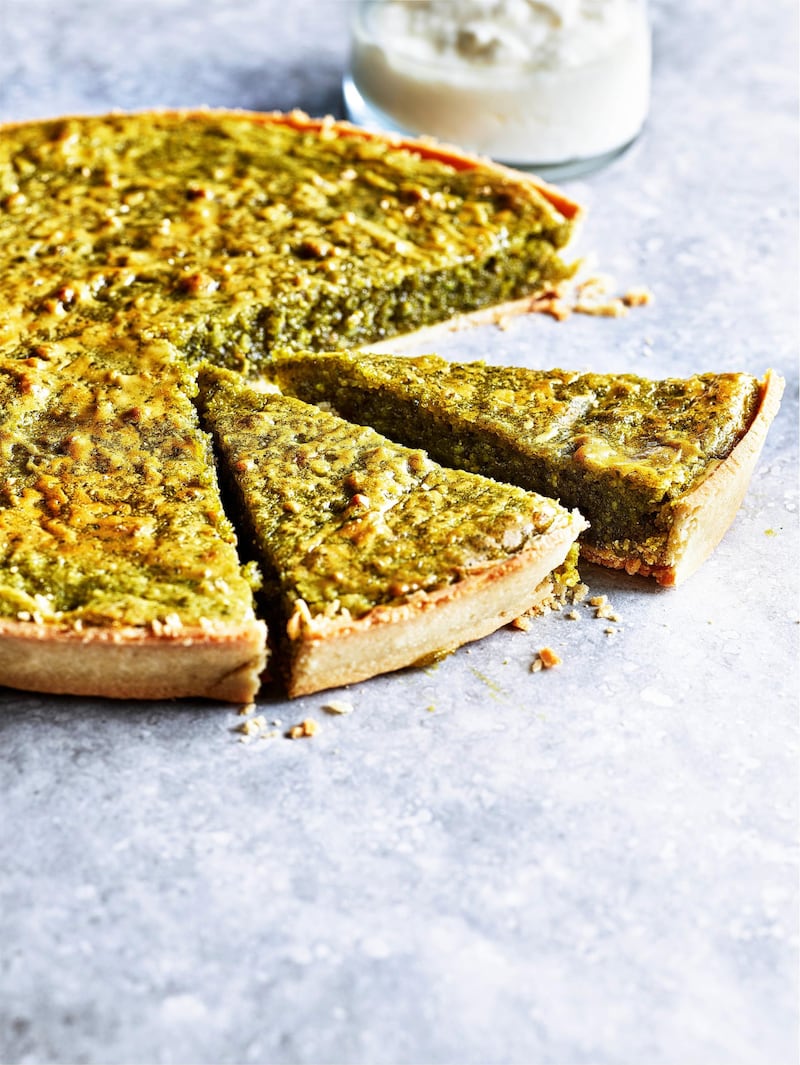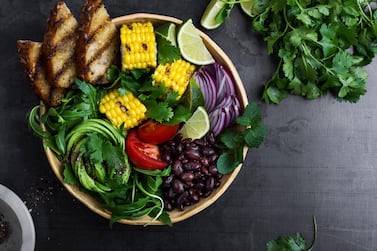It seems as though a new study is published every other week lauding the benefits of Mediterranean cuisine, which is now looked upon as the healthiest diet in the world. What’s not as widely known, however, is the influence that the Moors, a group of Berber and Arab inhabitants, wielded on the region’s gastronomy – what’s come to be known as Moorish cuisine.
Apricots, aubergine, almonds, artichokes, chickpeas, cumin, coriander, cardamom, lemons, saffron, pomegranates, bitter orange, figs, watermelon, ginger, pine nuts, pistachios and walnuts: a wealth of ingredients flourished under the Moors, who introduced them to Sicily and Al-Andalus (also known as Muslim Spain), between the eighth and 15th centuries, and remain central to these cuisines today.
Born out of a passion for this largely unacknowledged culinary heritage, two recently released cookbooks – April's Moorish: Vibrant Recipes from the Mediterranean by Ben Tish, and last December's Andaluz: A Food Journey through Southern Spain by Fiona Dunlop – aim to bring greater recognition to a remarkable chapter of the region's culinary history. Only a handful of English-language cookbooks have previously sought to put Moorish meals on the culinary map, including Samantha Clark's pioneering Moro: The Cookbook (2001) and Greg and Lucy Malouf's Moorish: Flavours from Mecca to Marrakech (2001).
The culinary influence of the moors
Tish and Dunlop’s additions come at a time when interest in these places and their produce is at an all-time high. For those in search of novel dishes or simply the next food trend, the Moorish food legacy holds appeal as a less-explored layer of Mediterranean gastronomy. Within this context, the books can be pegged to the current enthusiasm for Middle Eastern food and ingredients, and the recent wave of cookbooks from the region.
Almost eight centuries of Moorish presence in the Iberian Peninsula led to the evolvement of a complex and refined cuisine. And although the Moors ruled only for a couple of centuries in Sicily, their influence on the area’s agriculture and food culture was similarly profound.
As Tish notes: "The Moorish footprint is very heavy in Sicily, but it wasn't really talked about, and I don't know if they are particularly proud of it. It's as if the heritage is forgotten, but it's still there in the cooking techniques and the ingredients." In Andalusia, too, there is a slight sense of shame towards Moorish history, says Dunlop. This is sometimes inextricable from the lack of knowledge about the influence this culture had on food.
‘Andaluz: A Food Journey through Southern Spain’
Andaluz has been years in the making for the food and travel writer who knows the autonomous Spanish community well, having visited it for decades and looking upon it as her second home. Dunlop interweaves history, culture, recipes, and travel narratives as the chapters take readers on a journey across Andalusia from sierra to sea, to discover what remains of the Moorish culinary legacy, and how it has evolved. She sought out dishes infused with the flavours of North Africa and the Middle East, the use of ancient techniques, and how the ingredients brought by Berbers and Arabs were used.
At its peak, Al-Andalus, the territory of the Iberian Peninsula under Moorish rule from 711 to 1492, covered most of present-day Spain and Portugal. “I realised, talking to cooks and chefs in restaurants, that there are some things that remain, but it’s not as much as one would think since the Inquisition had such a huge impact on eating,” Dunlop says.
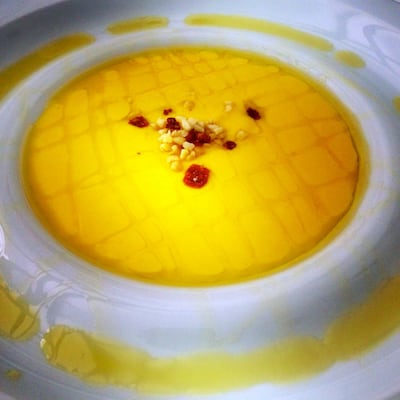
Even so, Andaluz, which Dunlop also photographed, chronicles more than 100 recipes from home cooks, local taverns and Michelin-starred chefs. She organises her cookbook by province. From the east, we get a butternut squash soup with almonds and poached eggs, as well as "lasagne" of filleted fish, in which marinated mackerelis layered with rice paper and ajo blanco (a puree of almonds, pine nuts, vinegar and sunflower oil). From central Cordoba and Malaga there's grilled asparagus with pine nut and cumin sauce; and quail baked in pomegranate sauce. Over in the west, from Seville to Cadiz come a mushroom and blue cheese omelette, raisin couscous, and a skirt steak macerated in orange with spelt and pickles. Desserts include spiced fritters with honey and coffee-roasted dates with labneh.
‘Moorish: Vibrant Recipes from the Mediterranean’
Meanwhile, Tish found his way to the cuisines of Italy and Spain after stints as a chef in Michelin-starred French restaurants in London. Travelling often to the southern regions of Spain and Italy for work over the past decade, he fell in love with the culture, the people and the architecture, but as a chef, especially with the food.
“I’ve been submerged in the food culture of Spain and Italy for well over a decade. Throughout the years I’ve become more and more intrigued by the regions where the Moorish influence left a pronounced mark and combined seamlessly with local ingredients to produce an exotic, full-flavoured and vibrant cuisine. It fascinated me, that the Moorish footprint is still so significant here,” he says.
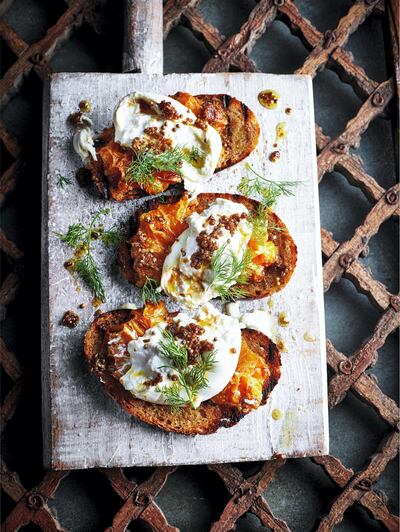
Drawing on the ingredients, flavours, spices, and cooking techniques imparted by the Moors across Sicily, southern Italy, and Andalusia, Tish says the recipes are "steeped in authenticity", then given his own modern twists and interpretations. Some of these include: shakshouka, red prawn crudo, spiced venison and quince pinchos, wood-baked Moorish chicken pine nut and raisin pie, slow-cooked fish and shellfish stew with saffron and star anise, and octopus and smoked paprika with black beans and rice. He is especially interested in the cooking techniques the Moors brought with them or created in Al-Andalus. "The deep and shallow-frying of foods was non-existent before the Moors, and they also honed proper grilling, such as you would find in the Middle East."
Moorish is organised around how Tish likes to eat at home, with more than 100 recipes for breakfast and brunch, lighter fare, slow-cooked dishes, a section for barbecuing and grilling, and sweet and sour plates.
Early adherents of the ‘Mediterranean diet’
Many of the healthy ingredients and flavours now attributed to the lauded Mediterranean diet were incorporated in Moorish cuisine. The Moors brought new techniques for preserving fish in oil and vinegar, instilled an appreciation for lean meats such as rabbit, quail, duck and partridge, and cultivated fruits and vegetables that flourished in irrigated gardens and terraced hillsides, says Dunlop. “With the introduction of new vitamin-rich ingredients and plants, the average diet improved radically.”
Tish points to the health benefits of grilling with little oil, the use of nuts and seeds within sauces, soups or as thickeners, and using spices and citrus to add flavours over fats – all of which the Moors practised. Then, as now, less was more.
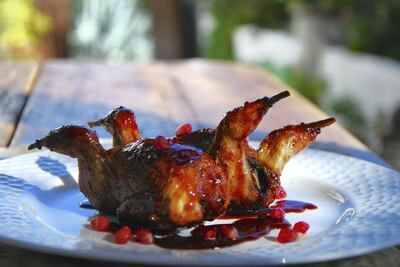
Such benefits, Dunlop says, were probably less common among the upper class, who had a tendency to pile on the ingredients, courses and complexity. Farmers would have eaten a simplified and therefore healthier diet. Today, thanks to scientific research, the benefits of the Mediterranean diet are coming to the fore and being increasingly recognised, she adds.
Dunlop and Tish concur that projects such as theirs may, in certain regards, be easier to take on as outsiders, as their encounters with the culture and history are not entwined with a personal reconciliation of their country’s past. The flipside of that ease is the pressure, as an outsider, to do justice to a history and culture that is not your own.
By shining a light on an era foundational to the gastronomic heritage of Andalusia and Sicily, Andaluz and Moorish bring greater acknowledgement to these vibrant flavours, while also packing a powerful cultural and historical punch.
“There is a growing recognition that the Moorish legacy is something to be proud of, and that it adds something extra to their culture,” concludes Dunlop.
